Visual Accounts of Complex Histories: The Pedagogical Value of Graphic Novels in Teaching Asian Migrations
The introductory class of the Colleges of the Fenway (COF) Minor in Migration Studies 1 usually opens with a good half hour of silence. Students follow the turning of the pages of The Arrival by Shaun Tan, a wordless graphic novel on the experience of migration [Fig 1]. The story unfolds on the screen with the help of an old-fashioned overhead projector lamp. Students’ reactions span from embarrassment at the quiet activity to complete and devoted absorption in the bewitching pages of the book. The 45 minutes that follow are possibly the most engaging of the entire semester. The book produces emotions, raises questions, and demands participation out of every student; often, even the most reserved one has a hand up to share a thought or an image. This article stresses the pedagogical benefits of graphic novels to teach migrations in the discipline of history and across the social sciences.
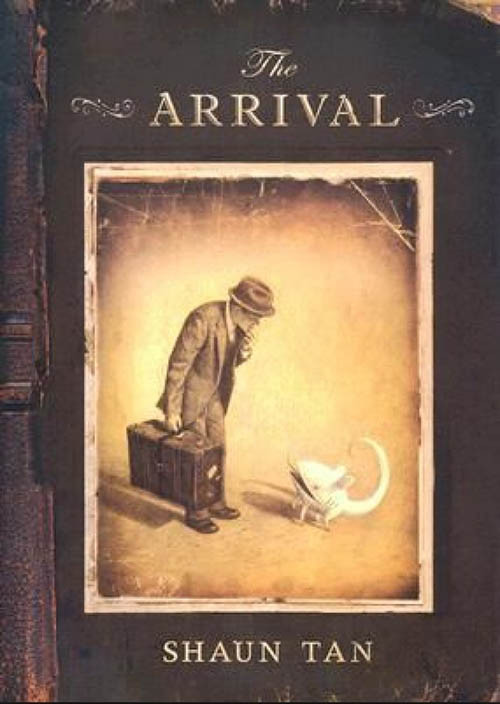
Fig. 1: The Arrival by Shaun Tan (Hodder Children’s Books, 2006).
Combined media in the teaching of migration history
The social sciences often address topics related to migration (e.g., assimilation, ethnicity, race, citizenship, multicultural societies, belonging, identity) through structured processes; that is, they postulate hypotheses based on specific theories, and then they undertake empirical analysis. However, this scientific approach sometimes runs the risk of taking meaning away from the reality of migration. In The Arrival, people are sketched with photographic precision, on a seemingly sepia paper. As the turning of the pages resembles the intimate act of looking at a family album, the shared reading of the book plants into the students a genuine interest for the personal stories of diasporic people. Hence, the use of graphic novels can help find a balance between systematic research and personal narratives while raising awareness about the underlying unpredictability of human behaviors. Additionally, research on migration cannot be complete without a “two shores” approach, 2 which combines sources on and from the receiving societies with material from the sending localities, while also analyzing change at the intersection.
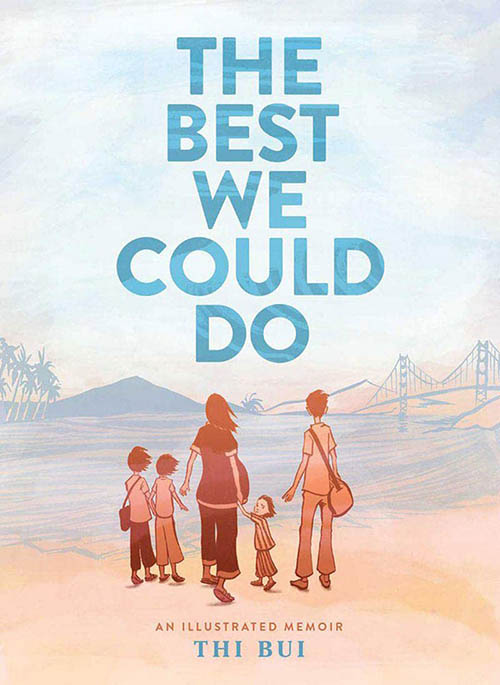
Fig. 2: The Best We Could Do by Thi Bui (Abrams Books, 2017).
A book of choice in my “East Asian Migration and Diaspora” is Thi Bui’s The Best We Could Do [Fig. 2]. It is a memoir that portrays Vietnamese migrations to the US from the viewpoint of Vietnamese refugees. Through personal narratives of translocal lives, 3 the book is a powerful tool to challenge dominant discourses on the Vietnam war, and it urges students to step outside of the popular US-centric understanding of that complex historical period. With crude and ubiquitous images of childbirth in New York, Saigon, and refugee camps in Malaysia, the book depicts Vietnamese people’s struggle before, during, and after the war. By engaging with this graphic novel, which illustrates a multi-faceted and culturally heterogeneous Vietnam, students approach the history of colonization and delve into the concept of diversity and migrants’ agency. Therefore, intimate images, with which students identify, facilitates a two-shore, transnational, historical analysis of the war, with special attention to its consequences for refugees’ conditions.
In Understanding Comics, Scott McCloud demonstrates that simple and sometimes silent pictures offer readers an opportunity to identify with circumstantial features that can also be universal. 4 Therefore, I adopt The Arrival for the core class of the Minor, “Intro to Migration Studies,” for two main reasons. First, the book sketches stories of struggle and adaptation, stressing the agency of migrants as a key element to understand migration issues. Second, the author, an Australian citizen, son of immigrants from Malaysia, successfully conveys a de-nationalized representation of the migration experience. Even if the first drawings in The Arrival evoke popularized images of Ellis Island, the book stresses the transnationality of migratory movements, which is one of the teaching objectives of the Minor. Dean Chan, an expert on Cultural Visualization, recognizes that the significance of graphic novels in creating alternative pedagogies might still not be obvious to many. And yet, he argues that The Arrival has surely obtained a steady position in college classrooms. Among the plethora of texts adopted to teach and underscore the transnationality of migration and diasporic studies, especially of Asian cultures, Shaun Tan’s graphic novel is among the most successful. 5 Typically, I also select traditional scholarly texts, such as Migration Theory: Talking Across Disciplines, edited by anthropologist Caroline B. Brettell and political scientist James F. Hollifield. The latter aims at familiarizing students with interdisciplinary approaches to global migrations, another learning goal of the Minor. And yet, the course would not obtain the same level of engagement without Tan’s visual introduction.
On this topic, Barbara Postema argues that the drawings of a comic book can become open invitations to long-lasting empathy and not only tools to momentarily identify with the characters. 6 In The Arrival, every person possesses his or her own idiom, and yet, within the course of the book, the protagonist, and the readers with him, while sharing disorientation, make communication possible. Therefore, the book predisposes students to approach individual stories of transnational movement with empathy, while also pursuing scientific analysis of complex themes such as assimilation, emplacement, acculturation, integration, or multiculturalism. As an example, the ending of The Arrival presents an optimistic view of emplacement, one in which multiculturalism and intergenerational collaborations are achieved. Some scholars, however, have questioned this romanticized portrayal of modern societies and criticized it as a simplistic acceptance of US-born assimilation theories. 7 Consequently, The Arrival can help raise questions about nationalist narratives such as that of the “society of immigrants,” commonly considered in the US to be one of the essential features of American nationhood. Hence, the graphic novel becomes a vessel to motivate students to critically analyze historical, political, sociological, and anthropological studies of migration as they relate to assimilation and other research issues.
Making sense of migrations with three graphic novels
These are only few examples that speak of the visual and conceptual power of graphic novels for teaching migration history as well as theoretical ideas developed in the humanities and social sciences. Due to space limitations, I can only pick a few among many interesting examples to highlight here. 8 In what follows, I will discuss three graphic novels that can be pedagogical successes for the teaching of Asian migrations. The first is Almost American Girl by Robin Ha [Fig. 3].
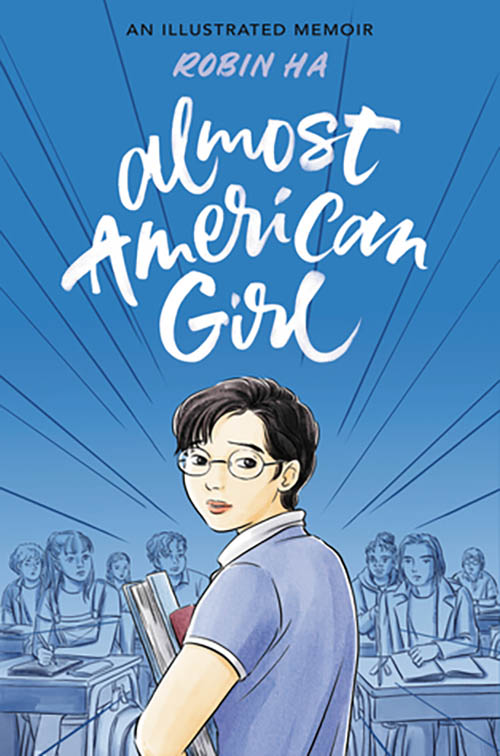
Fig. 3: Almost American Girl by Robin Ha (Balzer + Bray, 2020).
This book is a great rendition of migrant life between Asia – Korea in this particular case – and the society of arrival. 9 The complexity of migration, the sociological questions about assimilation or adaptation, cultural differences, and the formation of ethnic identities are all illustrated in the memoir and, consequently, humanized. By pairing the images and the narratives of memoirs with scholarly articles, the educational power of graphic novels is compellingly revealed. That is, the drawings of a graphic novel prompts multi-disciplinary research questions about political actions towards migrations, about the role of domestic and international institutions, about levels of incorporation, or about the role of legal systems vis-à-vis migration.
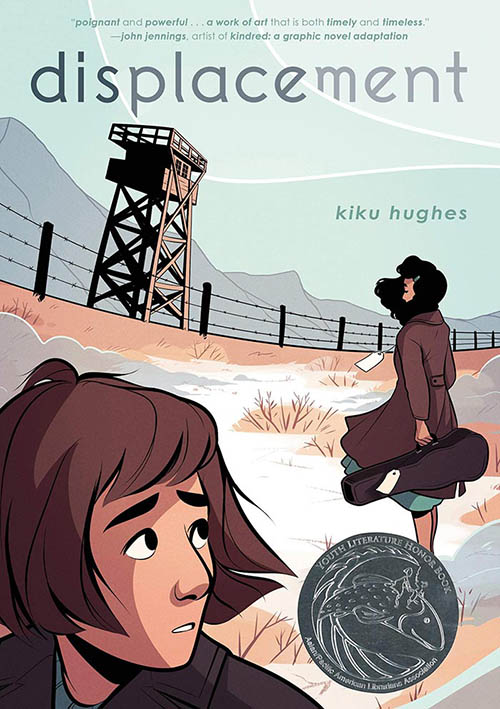
Fig. 4: Displacement by Kiku Hughes (First Second Books, 2020).
The second is Displacement by Kiku Hughes [Fig. 4]. The author, a Japanese American, examines her own sense of belonging. She does so by piecing together the life story of her grandmother Ernestina Teranishi, who was sent to internment camps with her parents in 1943. Kiku, the protagonist, is shocked as she finds herself going back and forth between a 21st- and a 20th-century California. The images and feelings summoned by the author become tangible recollections of her grandma’s (and Kiku’s own) geographical and emotional displacements. In the final pages of the book, back in the 2010s, Kiku opens up to her mom, who also claims to be a time-traveler. They finally realize that their seemingly supernatural gifts are in fact memories, powerful ones. Such powerful memories formed the basis of their identities, their daily relations with local communities, and their interactions with society at large. Through this book, students become acquainted with historical methods, as they are exposed to primary sources and the craft of storytelling. In the comic medium, past, present, and future can sit on a single page, visibly showing the changes of global political interests and transnational networks over time, as well as shedding light on repercussions for individuals.
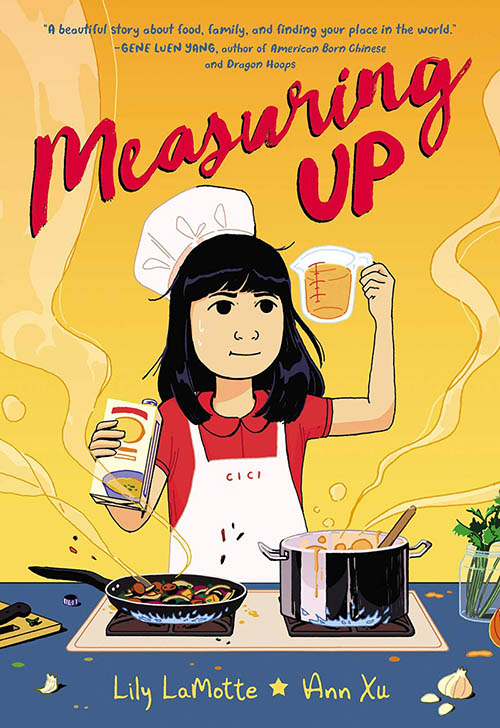
Fig. 5: Measuring Up by Lily LaMotte (HarperAlley, 2020).
Lastly, I teach a class called “Immigrant Kitchens: A Glocal Perspective on Identity, Ethnicity and Foodways” in which students question theories about ethnicity and identity formation by tracing the history of different ethnic culinary traditions. 10 They are prompted to investigate historical menus, vintage cookbooks, family recipes, and the development of transnational culinary practices. Therefore, the third book I will mention here is Measuring Up, the debut novel of Lily LaMotte, illustrated by Ann Xu [Fig. 5]. It underlines the effectiveness of discussing migration issues through the lens of foodways. In Measuring Up, we taste the powerful resilience of first- and second-generation girls as they use food to connect hometowns and places of arrival. Food is also a source of adaptation and accomplishment in the book. Cici, the main character, has recently moved to the United States from Taiwan when she decides to participate in a cooking contest. Her hope is to win the first prize of $1000 to buy a ticket to America for A-Má, her grandmother. A-Má represents her roots. She symbolizes Cici’s primeval sense of belonging, and she embodies the tastes of Cici’s origins until she faces her new “home.” Cici wins first place because she finds her own tweak to a traditional family recipe. The graphic novel conveys the perceptions and hopes of migrants that words alone might keep hidden. Students become acquainted with topics such as culinary nostalgia, 11 cultural intimacy, 12 uprootedness, and resilience through the protagonist’s pragmatic and creative adaptations to the ingredients of the new land. Cici will declare at the end: “My dish is who I am… both Taiwanese and American.” 13 Inspired by her culinary icon Julia Child and by her hero A-Mà, Cici finds her true, non-hyphenated self. Critics who are skeptical about the legitimacy of graphic novels as teaching tools might object to this ending as an oversimplification; however, as I tried to demonstrate here, I would not discard graphic novels as powerful instruments for the contemporary college classroom, as the pros offset the cons.
Well-researched, articulate, and effectively illustrated graphic novels, combined with academic publications, can fulfill several important educational purposes in teaching Asian migrations They can serve as icebreakers, attention triggers, introductions to theory-specific and discipline-driven analyses, and more. To conclude, graphic novels are a phenomenal medium of interaction between written and spoken knowledge, oral histories, and official narrations, they contribute to interdisciplinary approaches and provide useful insights to tackle theoretical conceptualizations as experienced by the migrants themselves.
Violetta Ravagnoli is Associate Professor of History at Emmanuel College in Boston. She teaches courses on Asian History and Migration and Diaspora. The focus of her research is Chinese migration. She is the Coordinator of the Colleges of the Fenway (COF) Minor in Migration Studies. Email: ravagnoliv@emmanuel.edu